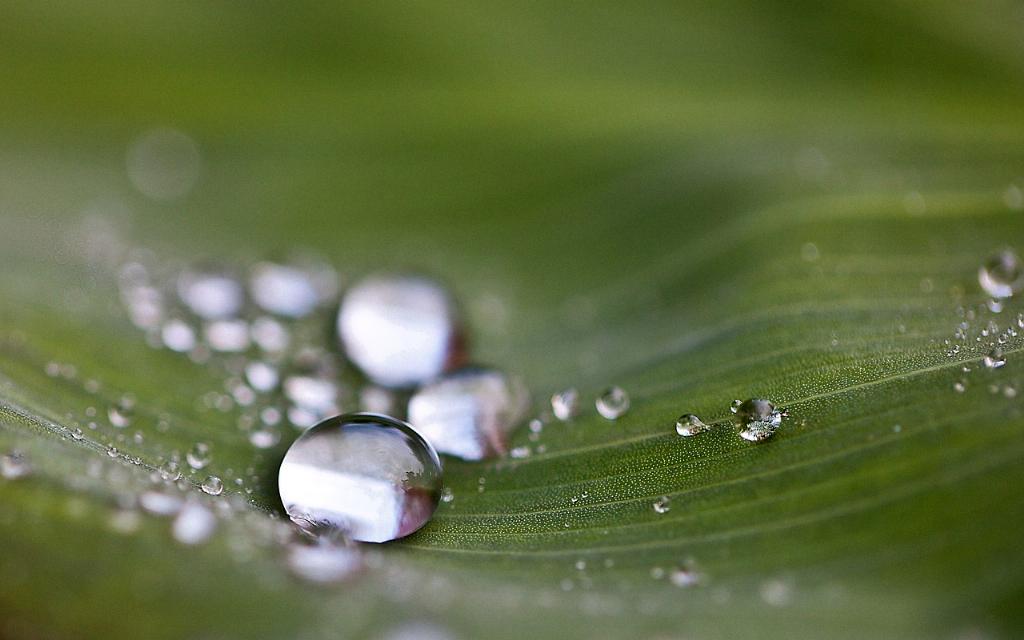When it comes to preserving food in Mason jars, a key step is to ensure that the jars are properly sealed. While using a canner is the traditional method for sealing Mason jars, there are alternative ways to achieve a tight seal without one. In this article, we will delve into the process of sealing Mason jars without a canner, providing you with a comprehensive guide to successfully preserving your food.
Step 1: Gather Your Supplies
Before you begin the sealing process, make sure you have all the necessary supplies at hand. You will need Mason jars, lids, and rings, as well as the food you wish to preserve. Additionally, have a large stockpot, a rack or towel to line the bottom of the pot, tongs, and a clean towel ready for use.
Step 2: Prepare the Jars
Start by washing the Mason jars, lids, and rings in hot, soapy water. Rinse them thoroughly to remove any soap residue. Inspect the jars for any chips or cracks, as these can prevent a proper seal. Once cleaned, place the jars in a large stockpot filled with water, ensuring they are fully submerged.
Step 3: Sterilize the Jars
Bring the stockpot of jars to a boil and let them simmer for 10 minutes to sterilize them. This step is crucial to ensure that harmful bacteria are eliminated, preventing spoilage of your preserved food. After sterilizing, keep the jars in the hot water until ready for use.
Step 4: Prepare the Food
While the jars are sterilizing, prepare the food you wish to preserve. Make sure the food is hot and ready to fill the jars once they are removed from the water. Hot food helps create a vacuum seal when the lid is placed on the jar.
Step 5: Fill the Jars
Using tongs, carefully remove a jar from the hot water, pouring out any excess water. Fill the jar with the hot food, leaving the appropriate headspace as recommended for the specific food you are preserving. Wipe the rim of the jar with a clean towel to ensure a clean seal.
Step 6: Seal the Jars
Place a lid on the jar and screw on the ring until it is fingertip tight. Avoid overtightening, as this can prevent the jar from sealing properly. Repeat the filling and sealing process with the remaining jars, working quickly to ensure the food stays hot.
Step 7: Allow the Jars to Cool
Once all the jars are filled and sealed, let them cool at room temperature. As the contents cool, the air inside the jars will contract, creating a vacuum seal that locks in the freshness of the food. You may hear a “pop” sound as the lids seal.
Step 8: Check the Seals
After the jars have cooled completely, check the seals by pressing down on the center of each lid. If the lid is firm and does not move, the jar is sealed. Any unsealed jars should be refrigerated and their contents consumed promptly.
Step 9: Label and Store the Jars
Once you have confirmed that all the jars are properly sealed, label them with the contents and date of preservation. Store the sealed jars in a cool, dry place away from direct sunlight. Properly stored, your preserved food should remain fresh for an extended period.
Step 10: Enjoy Your Preserves
With your Mason jars properly sealed and stored, you can now enjoy the fruits of your labor. Whether you have canned fruits, vegetables, jams, or pickles, savor the taste of your homemade preserves throughout the year.
Conclusion
Sealing Mason jars without a canner is a straightforward process that allows you to preserve your favorite foods without the need for specialized equipment. By following the steps outlined in this guide, you can confidently seal your Mason jars and enjoy the convenience of homemade preserves whenever you desire.

